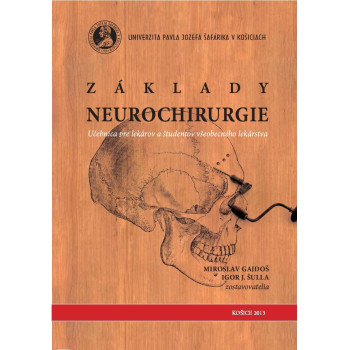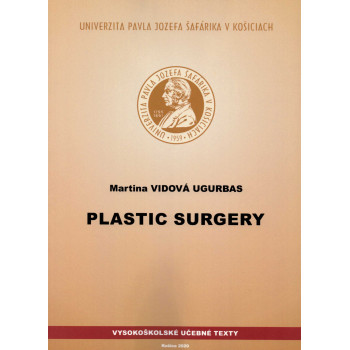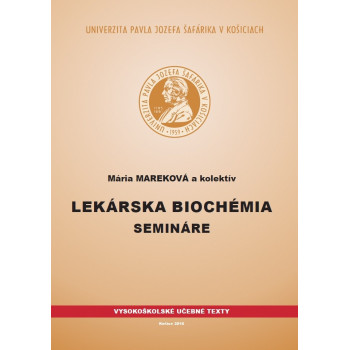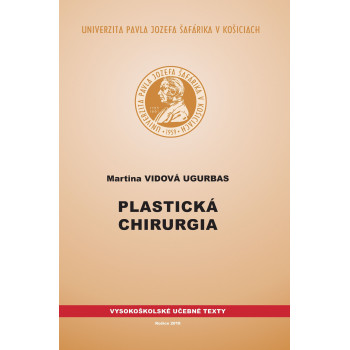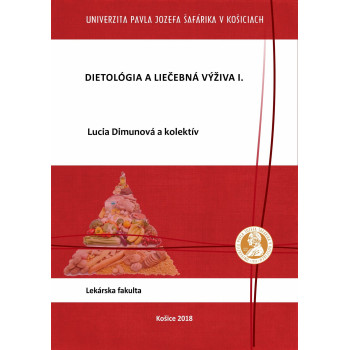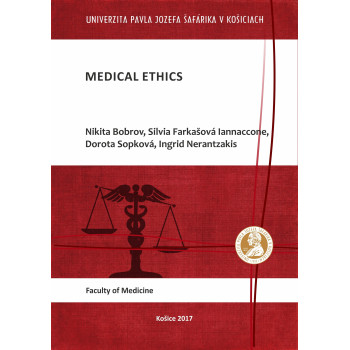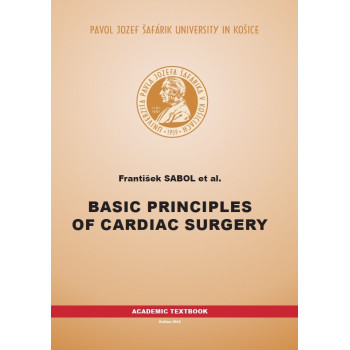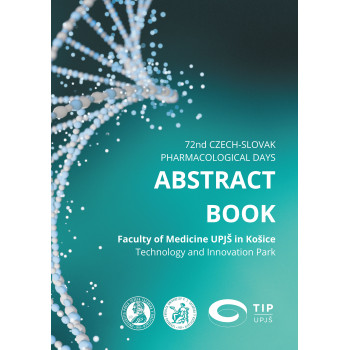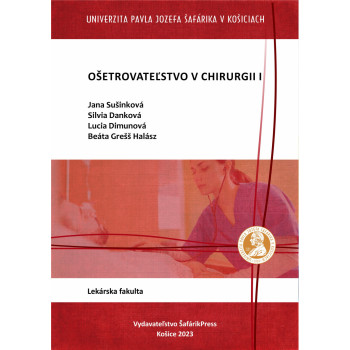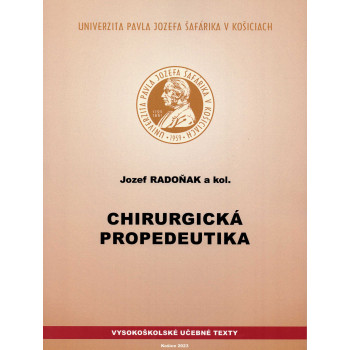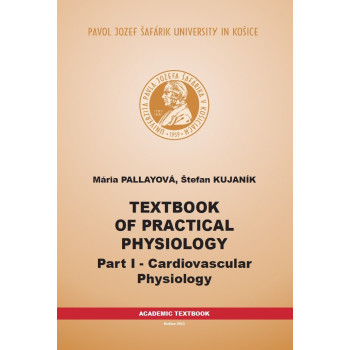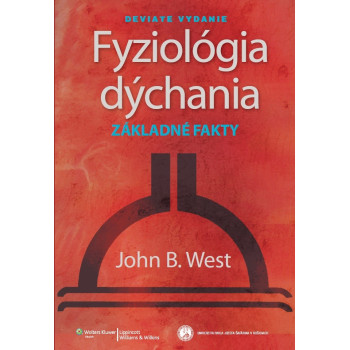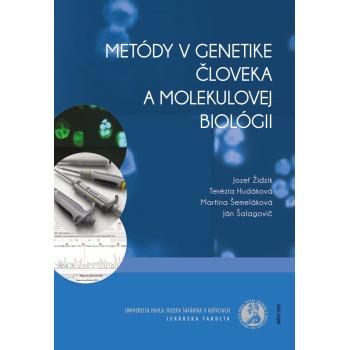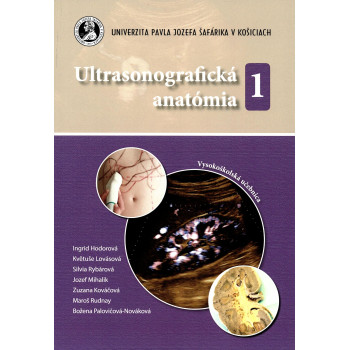
Základy neurochirurgie
Miroslav Gajdoš - Igor J.Šulla a kol.
Učebnica pre lekárov a študentov všeobecného lekárstva
Medicína je neprestajne sa vyvíjajúca vedná disciplína. Základný výskum v spojení s klinickou praxou rozširujú súčasné vedomosti, čo sa veľmi výrazne prejavuje aj v neurovedách, v praktickej podobe hlavne v neurofyziológii, neurofarmakológii, neurológii, diagnostickej aj intervenčnej neurorádiológii a v neurochirurgii. V priebehu ostatných troch desaťročí neurovedy prekonali pozoruhodný vývoj. Podnietili ho potreby praxe a umožnilo využitie poznatkov biológie, chémie, biochémie, aplikovanej matematiky, výpočtovej techniky a fyzikálnych objavov realizovaných v moderných prístrojoch i liečebných postupoch. To všetko podstatne uľahčilo, spresnilo a urýchlilo diagnostiku ochorení nervového systému, umožnilo relatívne bezpečné chirurgické zásahy na štruktúrach v minulosti nedostupných a otvorilo nové perspektívy, hlavne v oblasti reparácie poškodených tkanív, respektíve ich funkcií autotransplantáciou kmeňových/progenitorových buniek, terapeutickými zásahmi na genómovej, prípadne proteómovej úrovni. Ako vysokoškolskí učitelia sa každodenne stretávame nielen s mimoriadnym záujmom študentov i zdravotníckych pracovníkov o nové poznatky, ale aj s určitou neistotou pri posudzovaní možností, ktoré jednotlivé disciplíny patriace do skupiny neurovied ponúkajú. Jednou z príčin spomenutého javu je pravdepodobne časový faktor, keď najnovšie poznatky ešte nestačili preniknúť do odbornej literatúry, alebo v nej nie sú dostatočne zdôraznené. Druhou príčinou môže byť pomerne malá skúsenosť s niektorými ochoreniami nervového systému, ktoré sa síce vyskytujú zriedkavejšie, ale ich následky sú závažné. Cieľ, ktorý sme sledovali napísaním tejto učebnice, bolo aspoň čiastočne odstrániť spomenuté nedostatky všetkých odborných publikácií.
Počas prípravy rukopisu sme sa snažili, aby terapeutické postupy, názvy liekov a ich dávkovanie boli v súlade s najnovšími poznatkami vedy a klinickej praxe. Oprávnene však môžeme predpokladať, že budúce objavy zmenia súčasný pohľad na problematiku diagnostiky aj liečby ochorení nervového systému.
Vysokoškolská učebnica je určená študentom všeobecného lekárstva UPJŠ Lekárskej fakulty v Košiciach a lekárom, zameraným hlavne na všeobecné lekárstvo.
Kolektív autorov



